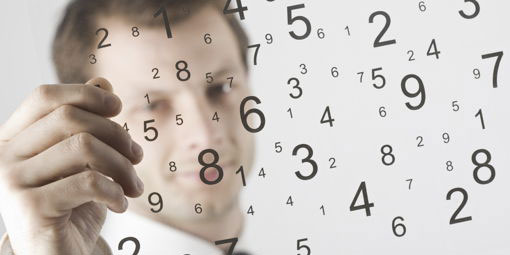Having a budget is a valuable tool that makes it easier to track spending and achieve one's financial goals, especially when it comes to recurring expenses like electricity payments. The money spent on electricity bills can soon add up to a significant amount.
For instance, in the year 2020, as a consequence of the epidemic and the increased amount of time individuals spent at home, the number of people utilizing their heating and cooling systems, laptops and desktops, appliances, and lights was higher than it had ever been. This spike in home energy use has led to an increase in the monthly electric bills of many customers.
What does a typical monthly electric bill look like?
According to the estimates provided by the United States Energy Information Administration, in 2021, the typical monthly expenditure for electricity in the United States was $122, and the typical monthly power use was 892 kilowatt-hours.
The typical monthly cost of an energy bill varies from state to state, with some states offering more favourable rates than others. According to the EIA, Utah is the state where purchasing electricity for your home is the least expensive, while Hawaii is the state where it is the most expensive.
Dimensions Of Your Property And The Specifics Of Its Construction
When determining how high an electric bill will be, the rate of consumption and the energy efficiency of appliances are two of the most critical aspects. The overall cost is determined by several criteria, some of which include the dimensions of your home and its physical attributes. A larger room, such as a single-family home, would often have a higher monthly energy bill than a smaller one, such as an apartment. This is because larger spaces require more heating and cooling equipment.
How can I work my power payment into my monthly budget? 
The 50/30/20 rule is a standard method of budgeting that instructs users to spend 50% of their monthly income (after taxes) on necessities, 30% on desires, and 20% on savings and debt repayment. Because paying an energy bill is deemed a "need," users of this technique would dedicate fifty per cent of their income to essential utilities, including paying the electric bill and other requirements such as food, shelter, and transportation.
The following is an example of how the breakdown may look for a person whose monthly salary is $2,500 in the form of a hypothetical scenario:
$1,250 is required to pay rent, utilities (including power), internet, groceries, and other necessities.
$700 to spend on new clothing and a night out with pals.
You should put $500 into savings, and the rest should go toward paying off your credit card.
A guide to bringing down your monthly electric bill
There are a few things you may do to bring down an excessively high electric bill, including the following:
Make effective use of home equipment and electronic devices: Reduce your reliance on the power grid by entirely using all your appliances and devices. You should start the washing machine only when it has a full load and run the dishwasher only when it is complete. Additionally, cold water should be used in the washing machine rather than hot or warm water. In addition, attempt to fit as many loads as possible into a shorter period to avoid the dryer's need to cool down in the meantime.
Invest in power strips with intelligent technology. 
Some electrical devices continue to use energy even after they have been turned off. The use of these electrical devices is said to account for between 3 and 10 per cent of a typical home's total energy consumption. An intelligent power strip might cut off the electricity to devices that aren't being utilized.
Ensure you get a home performance assessment and an energy audit.
It would be best if you invited a local expert to your home so they can advise you on how to cut your energy bill dramatically, become energy efficient, find concerns with your comfort, examine your bills, and evaluate the safety of your property. If you need help finding someone, check with utility companies and the Energy Star program, a symbol for energy efficiency approved by the government.
Keep an eye on each of your expenditure categories.
Look at the total amount you've spent across your accounts and any upcoming expenses, and assess how much you stand to save.



